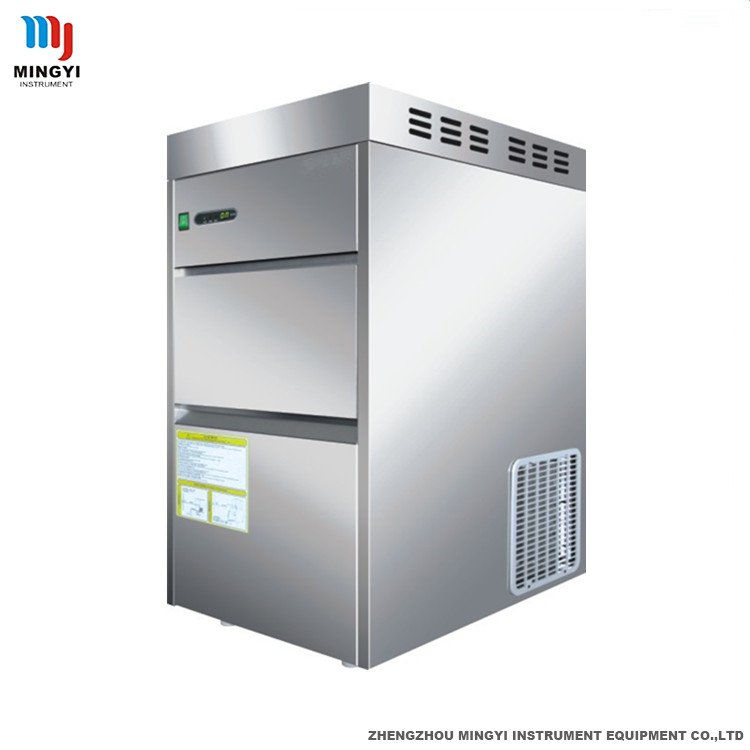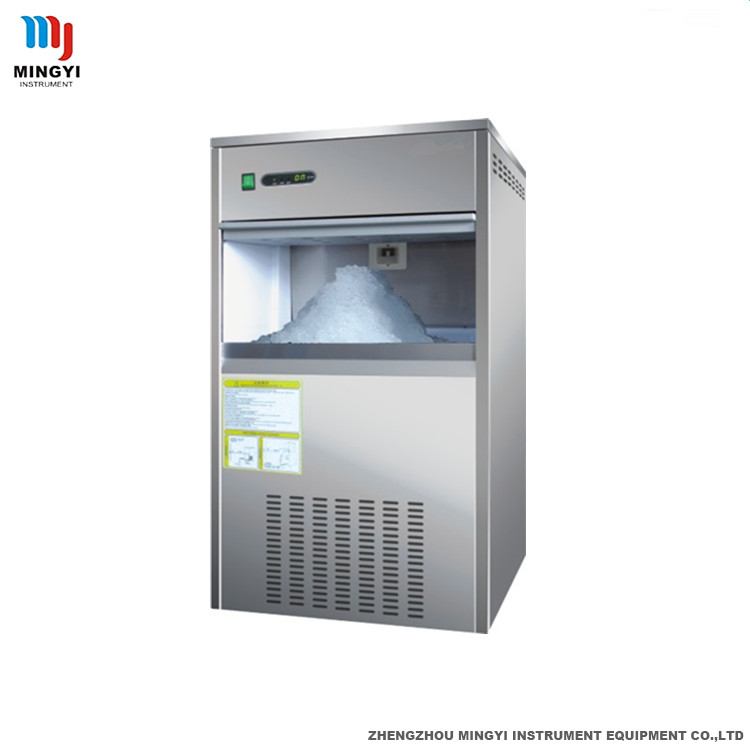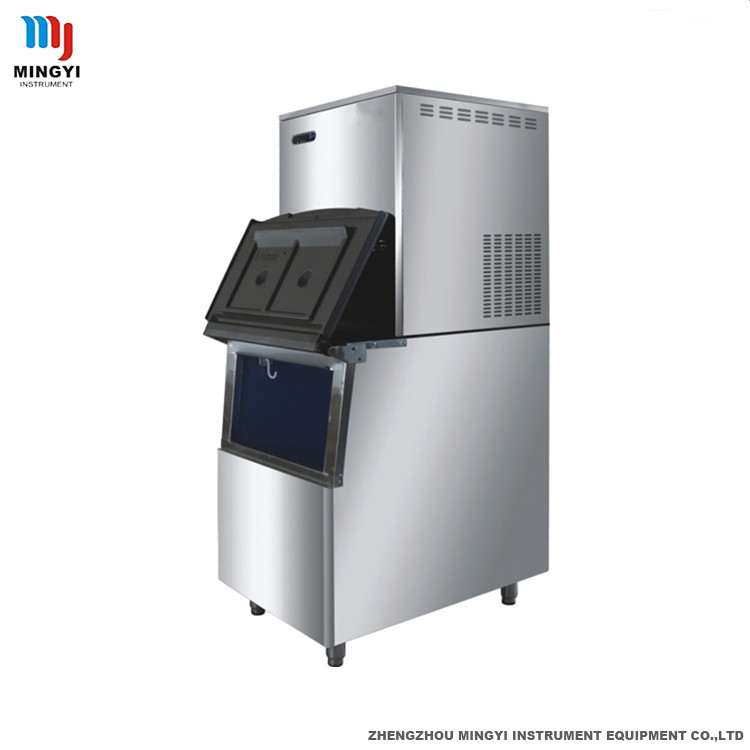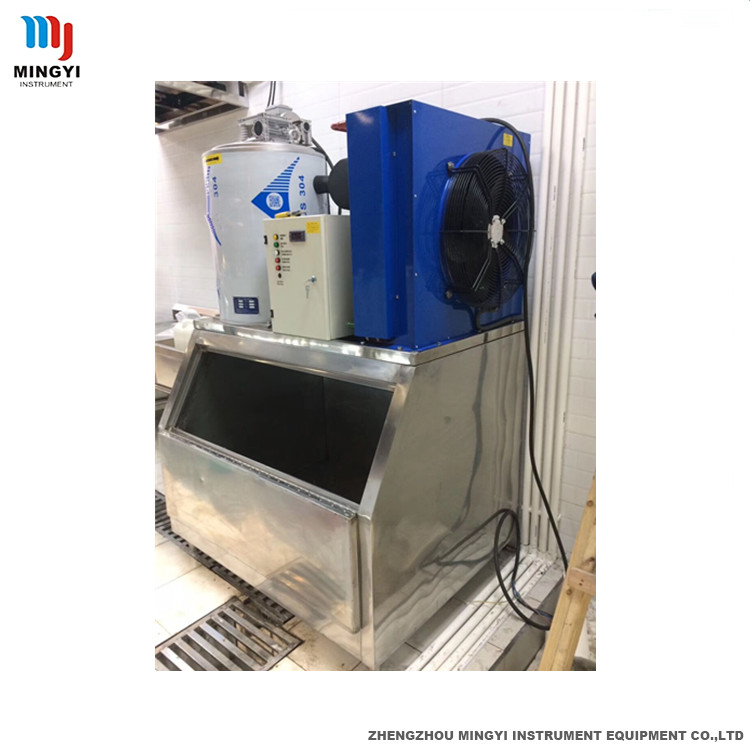Winged Beans enjoys a warm and humid climate, is not resistant to frost, and grows well in temperatures of 20--25 ° C. Poor growth is lower than 15 ° C or higher than 35 ° C. The suitable temperature for seed germination is about 25 ° C.
The roots of Winged Bean are developed, which are more resistant to drought than sorghum, but require a moist environment; sufficient water is required during the flowering and pod-forming period, and the pod is too dry and the yield is low. Therefore, the planting of the four-corner beans should be loose and fertile, permeable and permeable, easy to drain and easy to fill the soil. In order to facilitate planting, the cultivation techniques are now introduced as follows:
1. Site selection and land preparation. Winged Bean is a leguminous root crop. It is advisable to choose fertile, loose and permeable, neutral loam, which is poorly grown in sticky soil or poor sandy soil. Before planting, it is necessary to lay the base fertilizer. Generally, 1000-1500 kg of fermented organic fertilizer per mu, 500 kg of grass ash or fire ash, and 50 kg of phosphate fertilizer, and then open the ditch, requiring 50-60 cm wide and 20-25 high. In centimeters, the sulcus is 25-30 cm wide. After the hoe is finished, it is sown at the center of the stalk at a pitch of 60-70 cm, and 2-3 seeds are planted at each hole.
2. Seeding period and method. According to the temperature required for the growth of Winged Beans, as long as the local temperature is stable at around 25 °C, it can be sown, and the temperature can be transplanted at a temperature above 20 °C. It can be planted in the south of China from March to June, and planted in the north around June. The greenhouse greenhouse can be planted all year round:
In production, there are two ways of seed sowing and potato block breeding: seed sowing is generally used. Seeds must be seeded. The steps are: first 1-2 days, then sterilize with warm water at 45-55 °C for 10 minutes, then soak for 2-3 days, change water once a day. When the seed is sucking enough water, remove the drained water and dry the seed coat to sow. It is advisable to plant the plant spacing at 90 cm × 60 cm, soak 2-3 grains per hole, cover the grass ash, cover the soil 3-4 cm. If the seedlings are transplanted, they must be transplanted to the field when the four-legged bean seedlings grow 4-6 true leaves.
3. Field management and fertilization
(1) Miao Ding Miao. One week after sowing, when the seedlings begin to be unearthed, it is necessary to check the seedlings and make up the seedlings in time. When the seedlings grow to 7-8 leaves, carry out the seedlings, and timely remove the weak seedlings, diseased and infected seedlings, deformed seedlings, and choose one hole per hole. 2 healthy seedlings with strong growth and no pests and diseases, 1,500-2000 strains of mu seedlings.
(2) Introducing vines on the shelves and cultivating the soil. Winged Beans are vine crops. 30--40 days after emergence, when you start vines, you should use bamboo and wood to catch adult characters or triangles in a timely manner. The height is 1.5 meters or more, and the cultivating and weeding 1-2 times before vines are sown. After vines are ploughed and weeded 1-2 times. After the leaves are sealed, a 15-20 cm soil is planted, and the cultivating is stopped. In the flowering and pod-forming period, the contradiction between reproductive growth and vegetative growth is adjusted to promote the flowering result and the root enlargement. The growing branches should be topped several times to promote branching, control, and reduce the flowering, promote the result, and at the same time, three branches and leaves from excessive should be removed, in order to save nutrients, to improve fruit set, excised leaves may be an animal feed.
(3) Fertilizer and water management. Winged Bean is a leguminous leguminous crop with strong nitrogen fixation capacity, and less nitrogen fertilizer should be applied during seedling stage. The amount of nitrogen fertilizer should be controlled throughout the vegetative growth period to avoid causing the growth of branches and affecting flowering and pod formation. However, when entering the reproductive growth period, that is, during the flowering and pod-forming period, phosphorus and potassium fertilizers should be applied. Generally, it is mainly used to catch heavy fertilizer at the beginning of flowering, and apply 15 kg of nitrogen, phosphorus and potassium compound fertilizer per acre, or 50 kg of phosphate fertilizer and 10 kg of potassium fertilizer to promote more flowering and pod formation.
Winged beans prefer a moist environment, should pay attention to watering, keep the field moist, especially in the flowering and pod-forming period, maintaining sufficient water is conducive to satisfy the growth of the branches and flowering pods. Guaranteed yield and quality, but avoid waterlogging in the field. Because Winged Bean is a nodule crop, excessive moisture can affect the formation of root nodules and the growth and development of roots, causing rotten roots and fallen leaves, falling flowers and falling pods.
4. Harvesting and seeding. The harvest of the four-corner bean pods directly affects the quality of the pods in the morning and evening, so the picking time must be strictly controlled. Generally, when the pods are green and not lignified 10-12 days after flowering, the tender pods are harvested as vegetables in time, and the pods are crisp and the fibers are few. If the picking is too late, the pods are lignified and the fibers are increased, and the pod walls are hard and inedible. Commodity field can be harvested once mastered five days, the whole growth period can generally pick pods per acre 1500-2000 kg.
In terms of harvesting beans (or remain as a seed grain and oil starting material) for the purpose of browning can be pods, in time base appears when picking dry to prevent season cracking. Pods flowering to maturity in the South for about 40-50 days, more than 150 kilograms per mu dried beans.
Tuber harvest. Winged bean tuber, usually around plant leaves harvest, warm in winter, the soil is not frozen area, root can be left exposed to the winter, so the coming year, vigorous growth, lush foliage, high yield, greater tuber. If you are in the cold, frozen northern part of the winter, you should take back the potato pieces and store them properly. The annual production of the four-leaf bean is usually about 1 kg, and the yield of the second-year raw potato block is more than 2.5 kg. It is worth noting that the four-corner pods and the potato chips compete for nutrients. Therefore, if the purpose of harvesting beans is small, the number of potato pieces is low and the yield is low; if the purpose of harvesting potato pieces is to harvest the flower pods in the flowering growth period, so that the nutrients can be grown, so that the yield can be increased by 2000. -- 5000 kg.
The four-leaf peas and the potato can be kept in the seed, and the seeds are kept in the pods. After picking, they should be dried in time and dried and sealed. Using potato chips for seeding, the southern part can naturally stay in the roots for the winter, and the cold parts of the north should be harvested before the autumn, and stored for the winter to avoid wet decay and freezing damage.
Ice Maker
Ice maker is a refrigerating mechanical device that generates ice by cooling water by an evaporator through a refrigerant in a refrigeration system. A refrigeration system is used to manufacture ice by using a water carrier and passing a certain device under a power-on state. According to the principle of the evaporator and the production method, the shape of the generated ice cubes is also different; people generally use an ice shape to divide the ice maker into a granular ice maker and a flake ice maker.
We have three series of ice maker: Snowflake, Block, Flake.
Snowflake: IMS series automatic flake ice makers are the entire computer-controlled high-tech products. There are 9 specifications 17 types of flake ice makers such as IMS-25.IMS-40.IMS-50.IMS-70.IMS-85.IMS-100.IMS-120.IMS-150.IMS-200,etc. This series of products have entered the rank of the leading domestic level. In structure, stainless steel is adopted as enclosures, boasting elegant appearance. They have characteristics of continuous ice-making, fast ice-making speed and large ice-making capacity etc. They are widely used in hospitals, schools, laboratories, research institutes, food preservation in supermarkets, fishing refrigeration, medical applications, chemical and food processing industries, etc. This series automatic flake ice makers have adopted Italian Oute Shi Haitec two-stage reducer and Korean GGM motor, featuring low noise, stable and reliable operation. They have adopted the ice-making and ice-breaking structure with the line of chip ice-making chamber separated from the evaporator, resulting in high ice-making efficiency and large ice-making capacity. They are fully computer controlled with functions of shutdown protection in case of full of ice and water deficiency, etc.
Block:
1)Luxurious appearance and compact design.
2)Fully automatic control, convenient for use.3)Side air inlet and side air outlet; mixing type ice making; highly transparent ice.
4)Detection and protection in case of overload, water shortage and full ice level.
5)Highly efficient freon-free compressor, economical and energy-saving.
6) Widely applied to pubs, ice bars, hamburger shops, cold drinks shops, fast food restaurants, bake-ries and cafes.
Flake: Material: Inner and outer cylinders are made of alloy steel. Cast aluminum is available for top/bottom closures of 12T and below, alloy steel is available for top/bottom closures of 15T and above. The rotor is made of alloy steel and the ice removal blade is made of spiral stainless steel. Stainless steel also could be adopted for top/bottom closures and rotor as requested by customers. The bearing is famous global brand.
Configuration: Rotor, ice removal blade, water receiving pan, water circulation are standard components. Speed reducer, metering pump, electric controlling system are optional components.
Specifications: 0.5T~60T.
Applications: Cooling fresh foods/ sea food/ vegetable/ fruits/ poultry, concrete cooling, chemical cooling, AC cooling, etc.




Ice Maker
Ice Maker,Cube Ice Maker,Ice Maker Machine,Commercial Ice Maker
Zhengzhou mingyi instrument equipment co.,ltd , http://www.mingyint.com